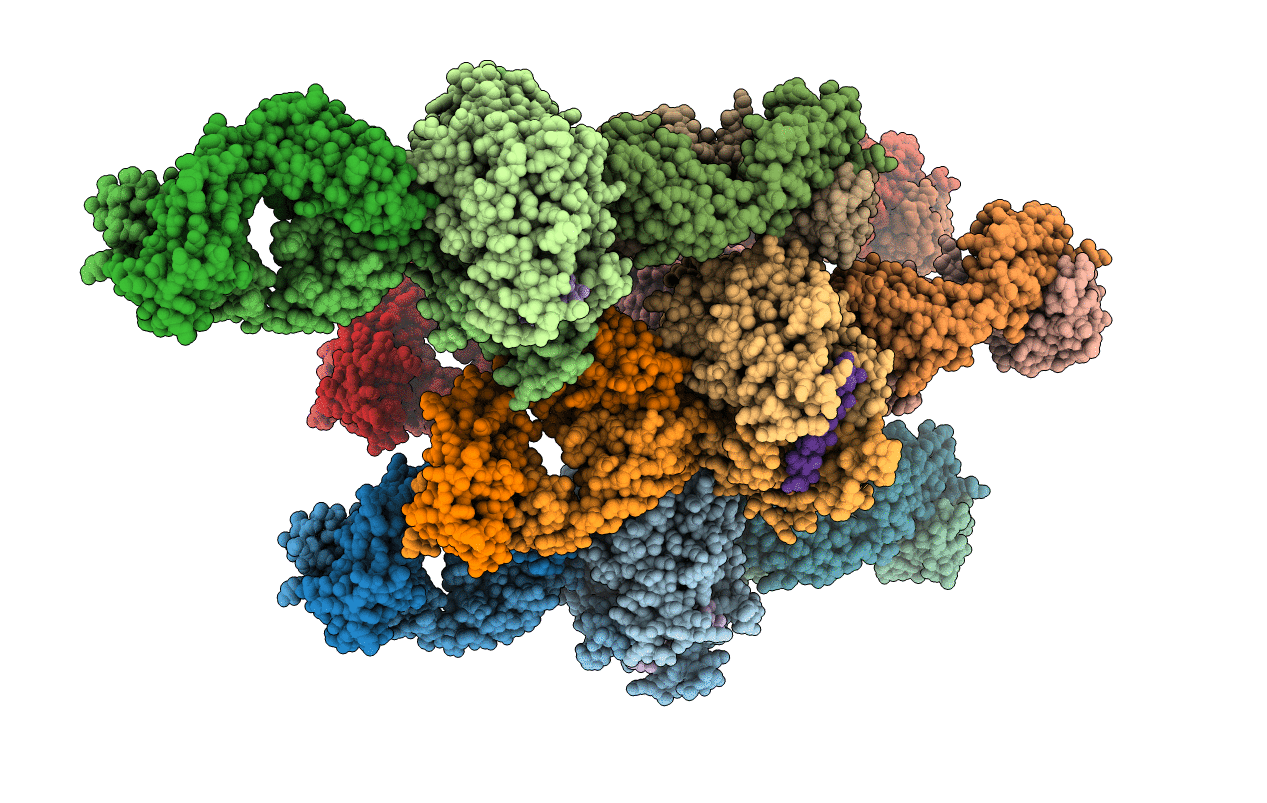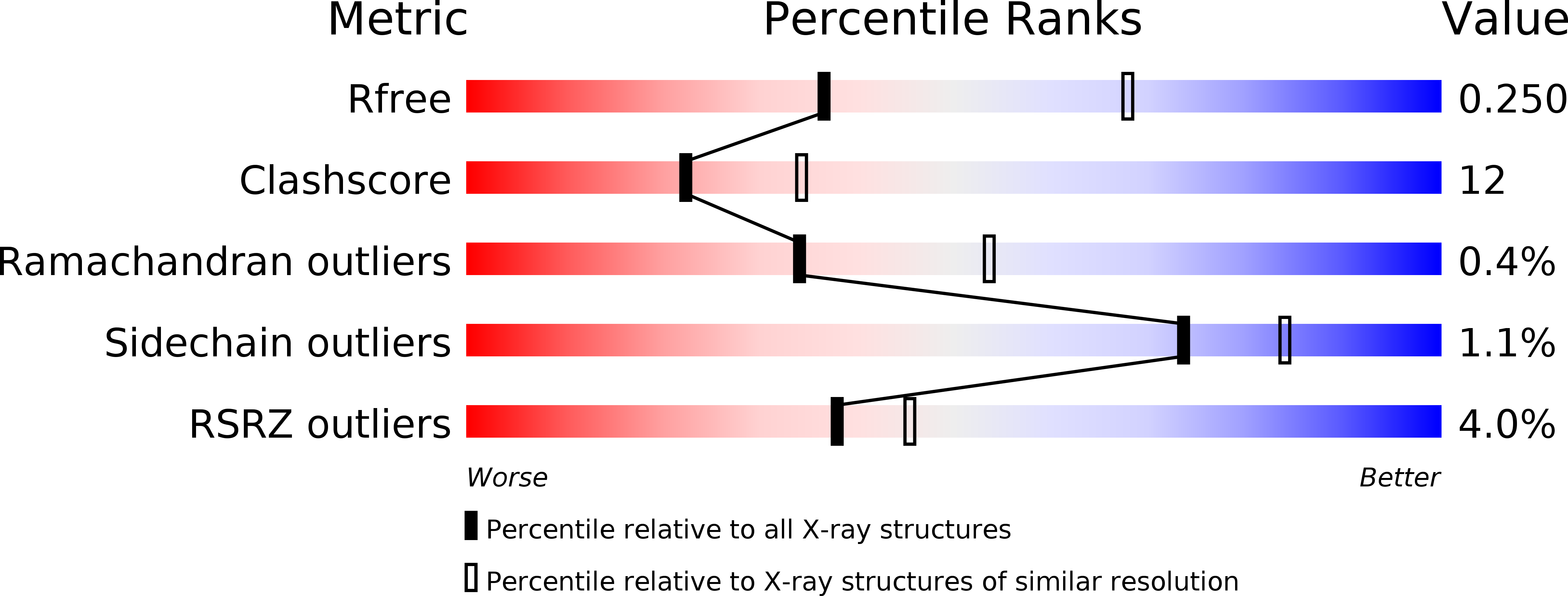
Deposition Date
2015-01-29
Release Date
2015-03-25
Last Version Date
2024-12-25
Entry Detail
PDB ID:
4XWO
Keywords:
Title:
Structure of Get3 bound to the transmembrane domain of Sec22
Biological Source:
Source Organism:
Saccharomyces cerevisiae (ATCC 204508 / S288c) (Taxon ID: 559292)
HOMO SAPIENS, synthetic construct (Taxon ID: 9606, 32630)
Saccharomyces cerevisiae (Taxon ID: 4932)
HOMO SAPIENS, synthetic construct (Taxon ID: 9606, 32630)
Saccharomyces cerevisiae (Taxon ID: 4932)
Host Organism:
Method Details:
Experimental Method:
Resolution:
2.75 Å
R-Value Free:
0.24
R-Value Work:
0.19
R-Value Observed:
0.19
Space Group:
P 1


